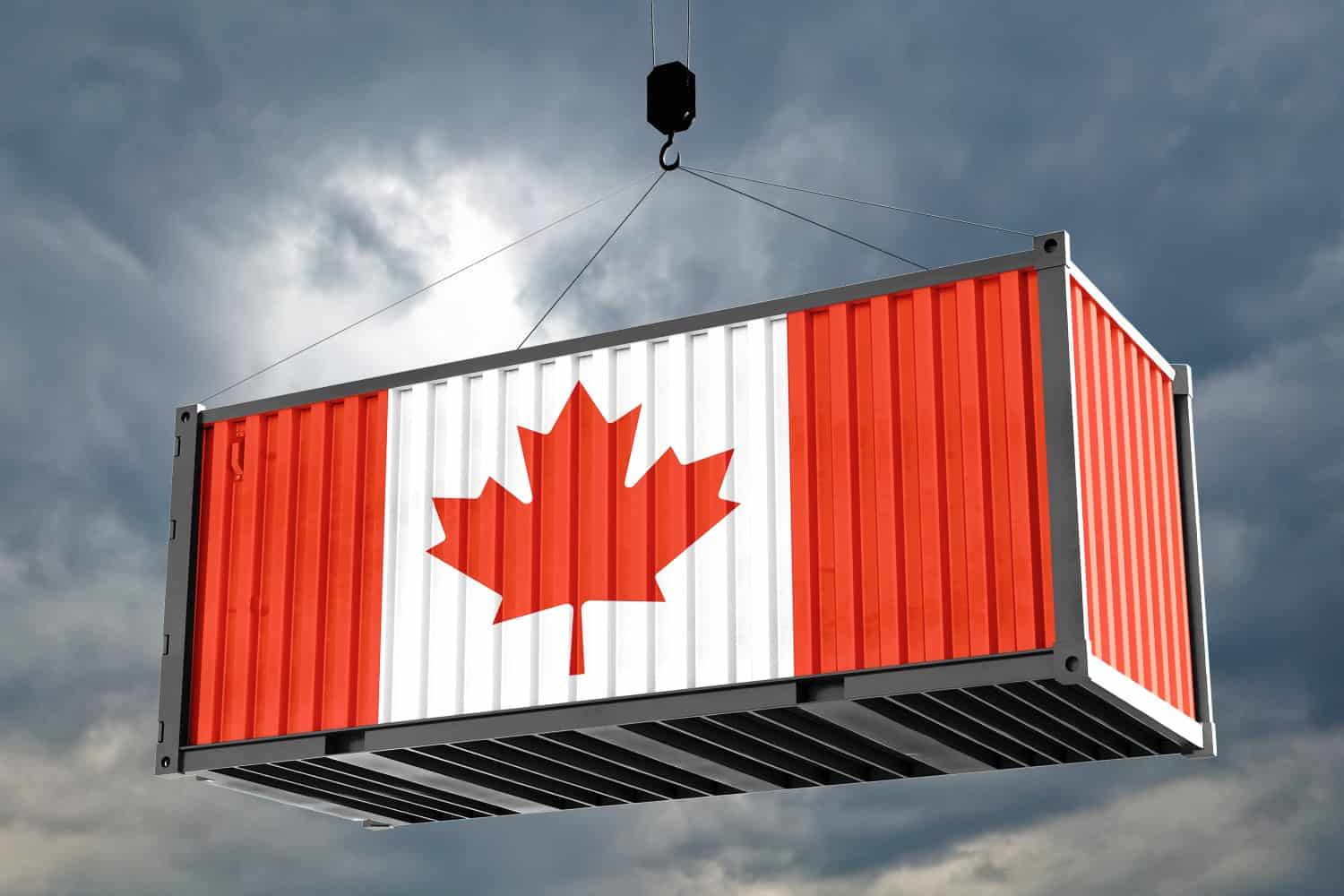
This post may contain links from our sponsors and affiliates, and Flywheel Publishing may receive
compensation for actions taken through them.
The United States has the largest trade deficit in the world, and while deficits are not necessarily bad, there are problems that can come from outsourcing labor and having a domestic industry that is outperformed by foreign imports, especially as an incoming president threatens to destroy the delicate balance.
Key Points:
- Trade deficits are not necessarily bad, and are often a good thing during periods of economic growth.
- Rampant deregulation and corruption in American capitalism have made trade deficits bigger and harder on American people, however.
- Also: Take this quiz to see if you’re on track to retire (Sponsored)
But which countries are U.S. consumers buying the most products from? That is, which countries make up the largest portion of the U.S. trade deficit? We looked at the most recent complete data from 2023 and found the top ten countries exporting the most goods.
Background on Trade Deficits
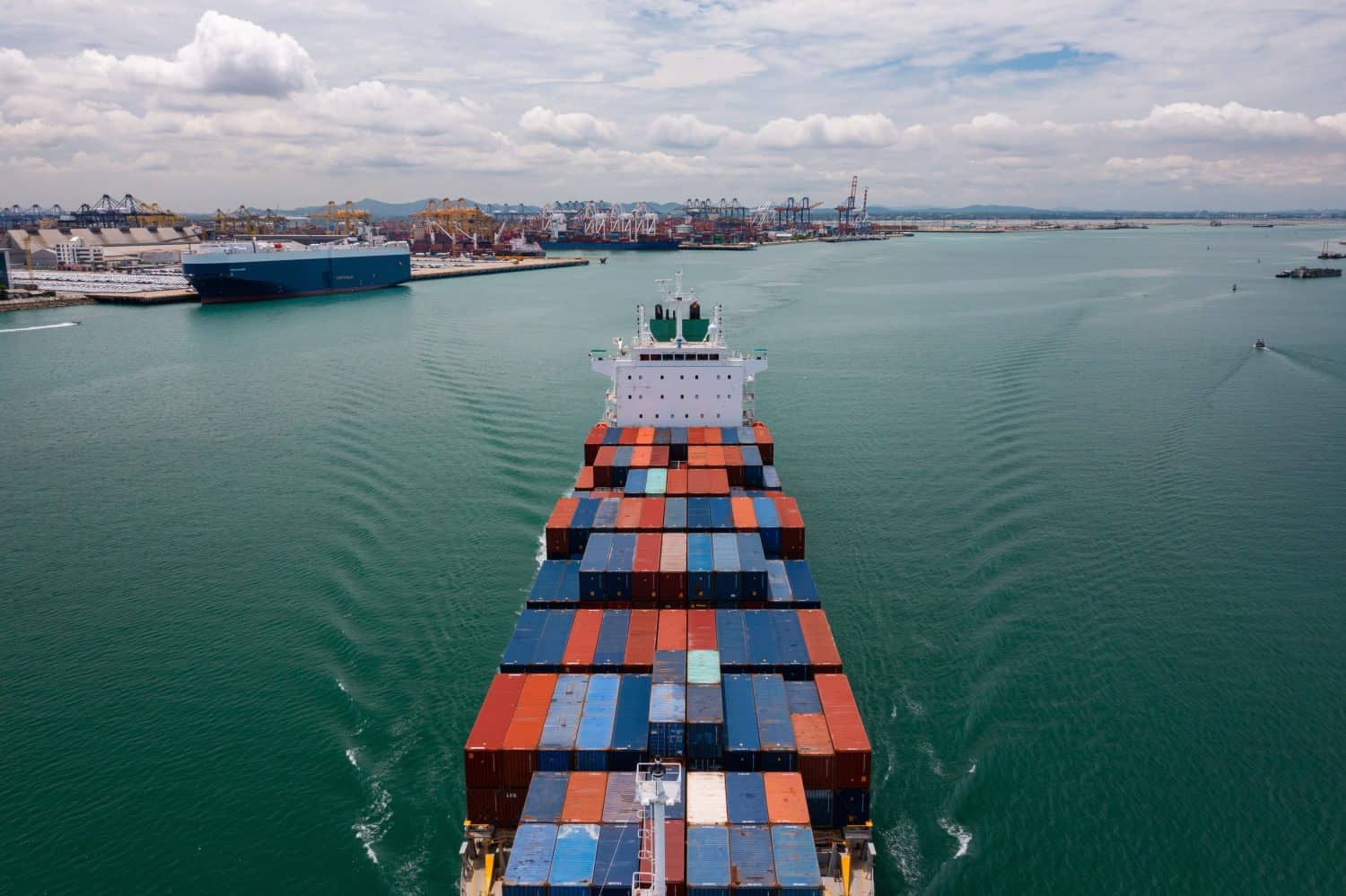
Economists and political scientists overwhelmingly reject the idea that trade deficits should be avoided. In fact, deficits usually happen during periods of economic growth because U.S. citizens are able to buy more goods that domestic industry cannot produce. Trade deficits are usually beneficial to countries in systems of open and free trade, allowing both countries to take advantage of cheaper foreign goods, increasing economic growth and consumer happiness.
However, the U.S. trade deficit has increased recently even during periods of economic turmoil because U.S. corporations exacerbate the problem by transferring jobs and production to cheaper overseas countries and replacing them with low-paying service jobs in the United States.
The deregulation of American industry by right-wing officials has led to companies making their products in other countries and then importing them to the United States to be sold at an extreme premium. A great example of this is consumer electronics (think iPhones and computers, none of which are produced domestically) and pharmaceuticals and medication (which are produced very cheaply by U.S. companies abroad and sold at extreme premiums here while being sold for a fraction of the price in Europe.
Many of the goods being imported to the United States that contribute to the trade deficit are actually already produced by American companies, but it is cheaper for them to make the products in China or Taiwan, for example, then pay to import them, than to produce them at home.
The U.S. Trade Deficit

There is a difference between the trade deficit and the budget deficit of the United States. While the budget deficit has long been an issue, with steep increases during Republican presidential administrations, the trade deficit is only a measure of the balance of trade between countries.
While a trade deficit is not a bad thing, it continues to be used as a political tool by right-wing personalities to stoke fear and xenophobia among people who don’t understand what a trade deficit is or how it actually benefits them.
Without the current trade deficit the U.S. has with other countries, American consumers would be paying much more for basic products they use every day. There is no reason to fear a trade deficit, even if it grows to extreme levels, as all this means is that American consumers prefer to buy cheaper foreign goods.
Predicted Changes in U.S. Trade
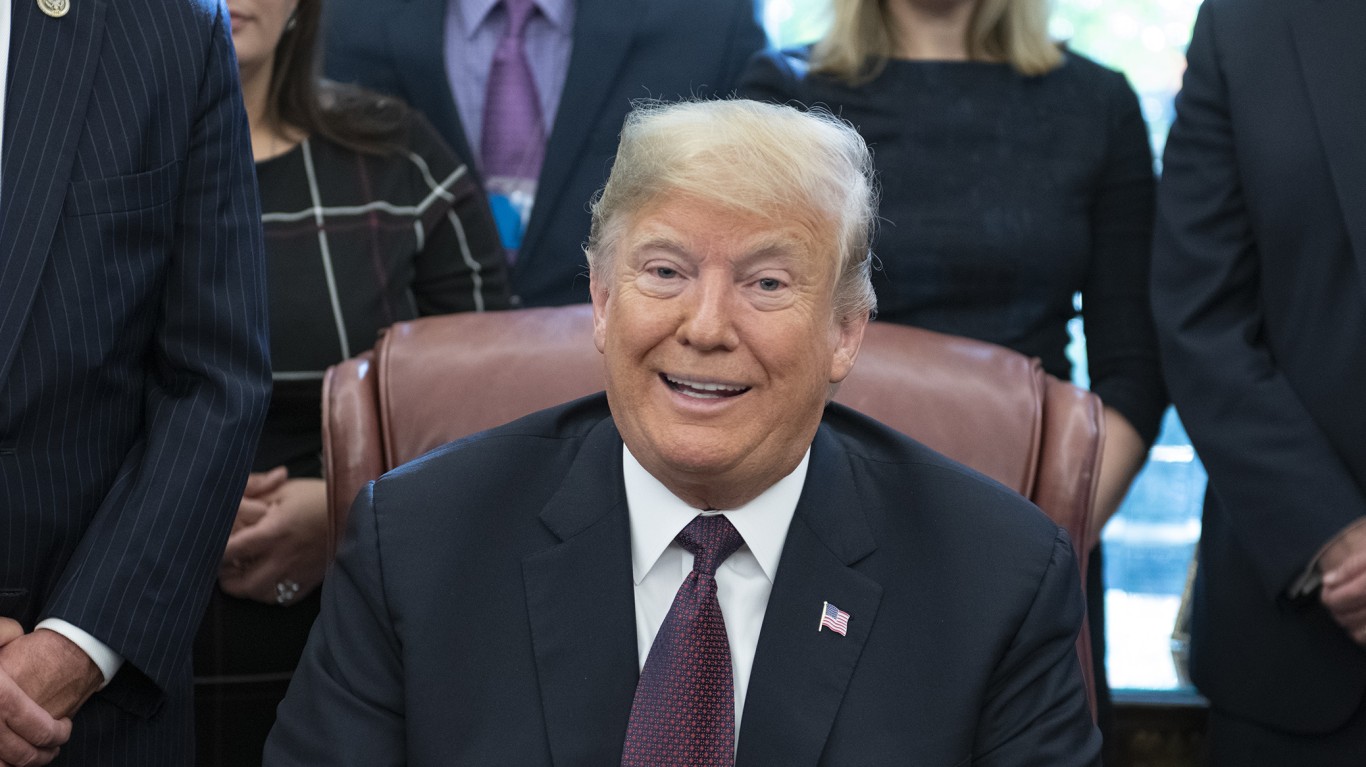
Trade balances change based on the products imported and exported between countries. The United States is a net exporter of services and a net importer of goods and materials.
That balance, however, can changed based on a number of factors, most of which are heavily influenced by political leaders. Trade wars, xenophobia, nationalism, isolationism, high tariffs, aggressive foreign policies, and hostile behavior toward our trade partners all tend to harm the balance of trade and the end consumer ends up paying the price.
For example, incoming president Trump has promised to implement extreme tariffs on some of our best and most reliable trading partners, while at the same time issuing antagonistic decrees and statements regarding those countries in order to reduce the trade deficit. Just the tariffs alone will result in consumers paying almost double the price for the same goods. If those countries chose to retaliate, however, the entire foundation of the U.S. economy would be in jeopardy as many of the materials we rely on will become prohibitively expensive or impossible to purchase at all.
If the United States’ trade partners (along with Trump’s tariffs) decide to make export to the United States too difficult and prohibitively expensive, domestic industry will not have the capacity or the capability to meet Americans’ consumer needs, leading to recession, economic hardship, and other issues.
#10 Italy

- 2023 Deficit: $44,012,000,000
The United States is the largest importer of Italian goods outside the European Union, with most goods being petroleum, petroleum products, precious metals, medicines, and machinery.
#9 Taiwan

- 2023 Deficit: $47,975,000,000
The United States is the second-largest customer of Taiwanese exports, right behind China. There are large amounts of service industry exports between both countries and a large amount of manufactured goods and electronic consumer products imported from Taiwan.
The United States exports large amounts of soybeans, beef products, corn, fresh fruit, and wheat to Taiwan.
#8 South Korea

- 2023 Deficit: $51,398,000,000
The top imports from South Korea include cars, office machine, office machine parts, car parts, transportation services, business services, and government services. The top exports to South Korea include crude oil, petroleum gas, machinery, travel services, and transportation services.
The United States has an ideological and strategic interest in seeing South Korea succeed, and supports it economically and militarily in the face of North Korean aggression. However, given Trumps threats of a trade war and his chummy relationship with Kim Jong Un of North Korea, this support of South Korea is sure to weaken.
#7 Ireland

- 2023 Deficit: $65,342,000,000
The largest imports from Ireland are vaccines, cultures, toxins, nitrogen compounds, and medicaments.
Primary exports to Ireland include aircraft, medical devices, chemicals, pharmaceuticals, and electronics. There are around 1,000 U.S. firms in Ireland that employ over 210,000 people.
#6 Canada

- 2023 Deficit: $67,861,000,000
The trade between Canada and the United States is the largest trade relationship in the world. Every industry in both countries imports and exports goods across the border. Trade between the two countries is vitally important to industrial and economic growth and is a strong point of national security.
Due to Trump’s threats of imposing Tariffs on Canada, Ontario leaders have proposed to halt exporting alcohol to the United States, and ceasing all exports of energy to the U.S. This would mean much higher electricity prices in New York, Minnesota, and Michigan.
#5 Japan

- 2023 Deficit: $71,175,000,000
The top imports from Japan include cars, car parts, and electronics. Japan is also the largest provider of foreign direct investment in the United States.
The top exports to Japan from the U.S. include pharmaceuticals, natural gas, meat, machines, aircraft, engines, corn, and poultry.
#4 Germany

- 2023 Deficit: $83,021000,000
Germany is the United States’ largest trade partner in Europe. The primary German imports include cars, medicines, vaccines, insurance services, and financial services. The trade from Germany to the U.S. has grown steadily over the last decade. The largest share of exports to Germany include cars, vaccines, petroleum, and travel services.
As one of the largest trade partners of the United States, Germany’s economic growth has been revised to lower and less optimistic numbers due to the threats of a trade war issued by Donald Trump.
#3 Vietnam

- 2023 Deficit: $104,627,000,000
The top five imports from Vietnam have typically been clothing materials (textiles and garments), wood and wood products, shoes and footwear, crude oil, and fishery products.
The top five exports to Vietnam have been machinery, cars, cotton, plastics and plastic materials, and animal feed.
#2 Mexico
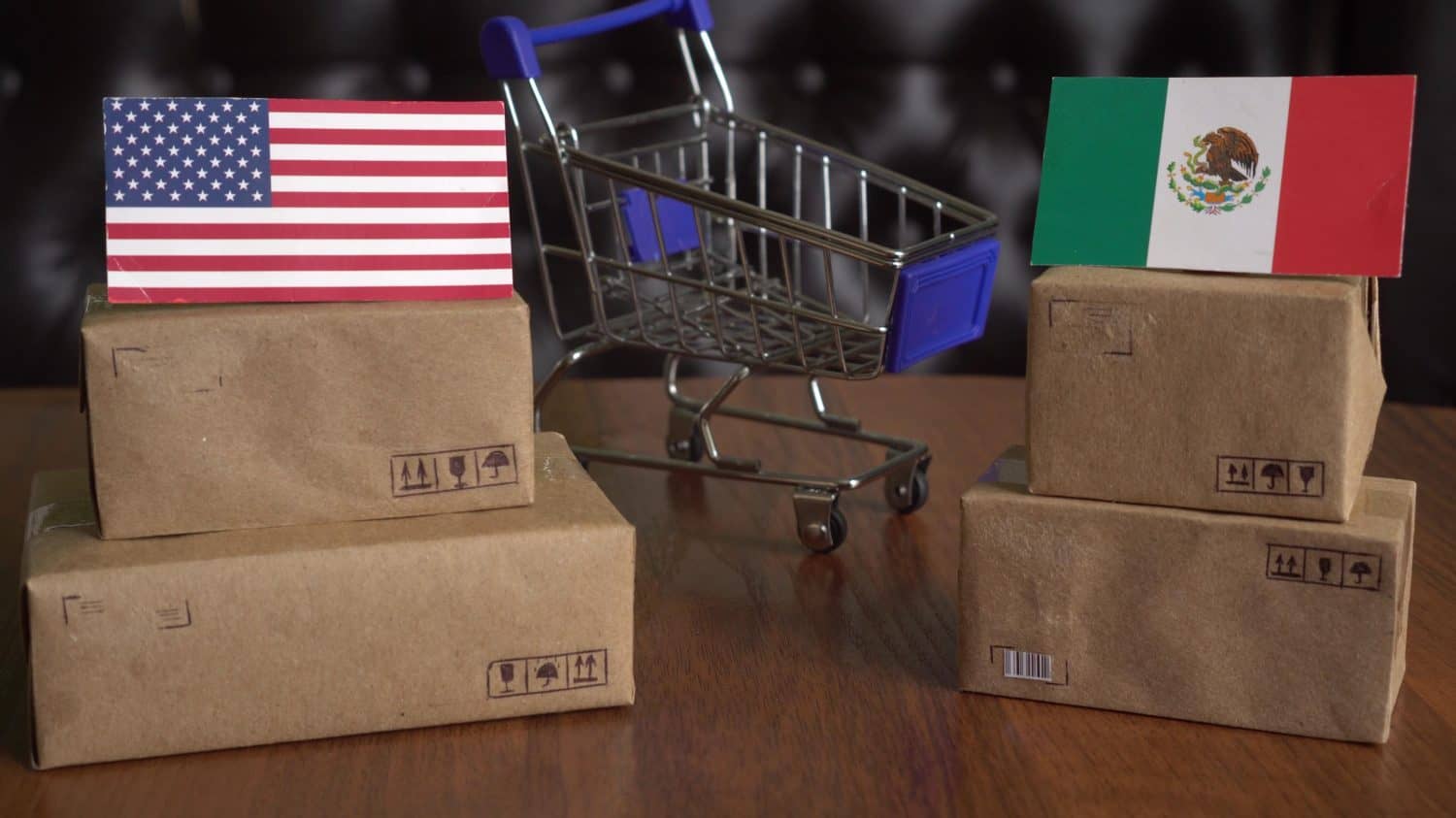
- 2023 Deficit: $152,379,000,000
The top imports from Mexico include computers and cars and car parts. The top exports to Mexico include refined petroleum, cars, car parts, petroleum gas, travel services, business services, and license fee services.
However, despite being a member of the USMCA (which replaced NAFTA), that eliminated trade tariffs between Canada, the United States, and Mexico, and implemented other measures that helped boost North American industries, Trump has threatened Mexico with extreme tariffs (in direct violation of the USMCA trade agreement that he implemented himself) unless it stops illegal immigrants from entering the United States.
#1 China
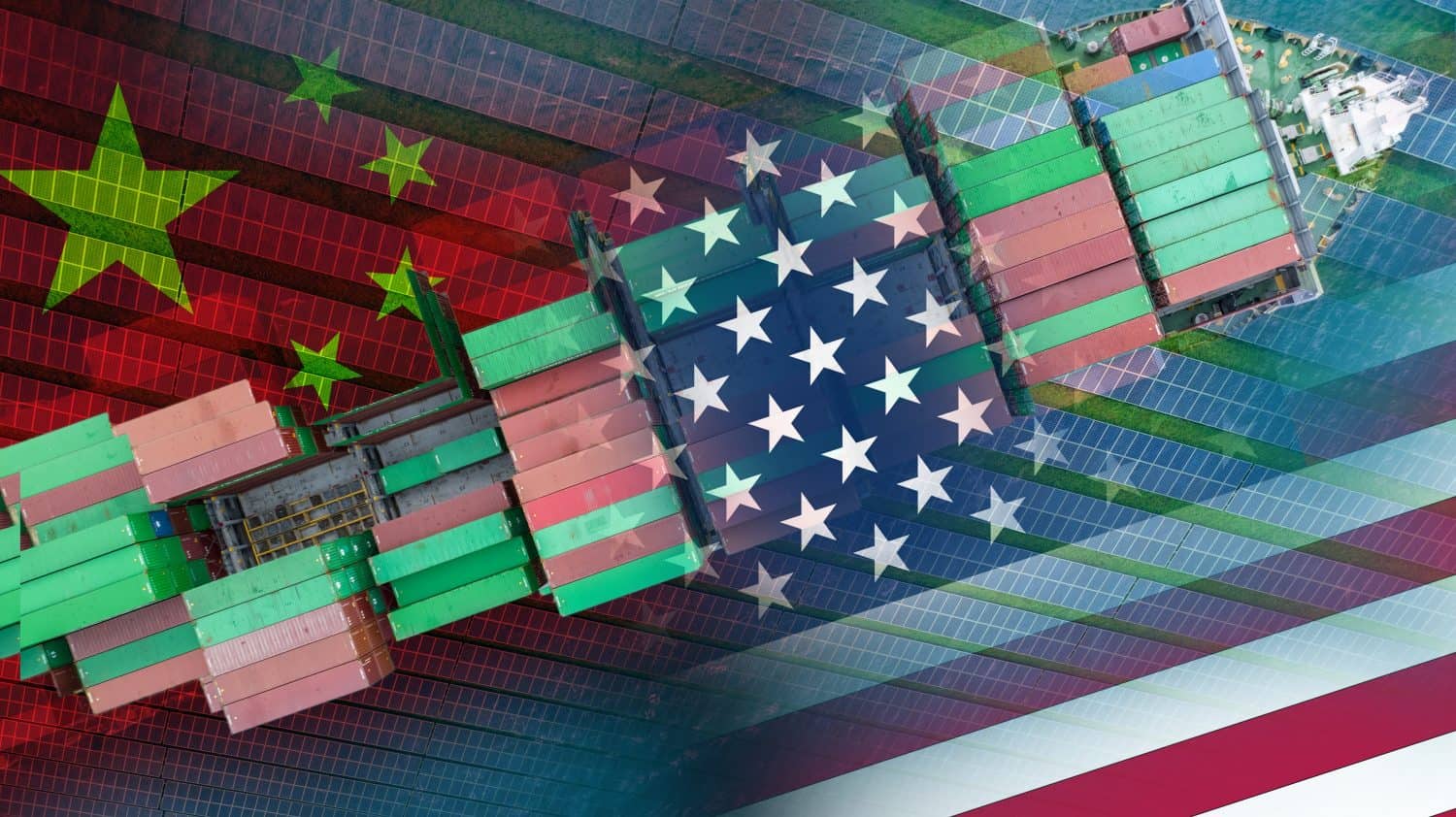
- 2023 Deficit: $279,424,000,000
“Made in China” has become a joke among American citizens as much as it has become a political war cry for right-wing conservatives. Why are Chinese products so popular? Because the Chinese planned economy has been incredibly efficient at producing massive amounts of goods cheaply, often at the expense of the health of its own people, and American consumers love cheap alternatives to expensive domestic products.
Remember: trade deficits can only happen if consumers are choosing to buy the products. If consumers don’t buy the products, then the deficit can’t exist.
International leaders, economists, and political scientists have all expressed bewilderment at the hostile attitude displayed by President Trump toward China, and have repeatedly sounded alarms that this attitude, along with the proposed tariffs, will backfire on the United States and irreparably harm the U.S. economy and international trade. Trump imposed tariffs during his first term and Biden has continued them and even implemented his own trade restriction, much to the dismay and disappointment of world leaders. But that’s what happens when your elected leaders are in the pocket of corporations and don’t care about normal people.
Take Charge of Your Retirement In Just A Few Minutes (Sponsor)
Retirement planning doesn’t have to feel overwhelming. The key is finding expert guidance—and SmartAsset’s simple quiz makes it easier than ever for you to connect with a vetted financial advisor.
Here’s how it works:
- Answer a Few Simple Questions. Tell us a bit about your goals and preferences—it only takes a few minutes!
- Get Matched with Vetted Advisors Our smart tool matches you with up to three pre-screened, vetted advisors who serve your area and are held to a fiduciary standard to act in your best interests. Click here to begin
- Choose Your Fit Review their profiles, schedule an introductory call (or meet in person), and select the advisor who feel is right for you.
Why wait? Start building the retirement you’ve always dreamed of. Click here to get started today!
Thank you for reading! Have some feedback for us?
Contact the 24/7 Wall St. editorial team.

